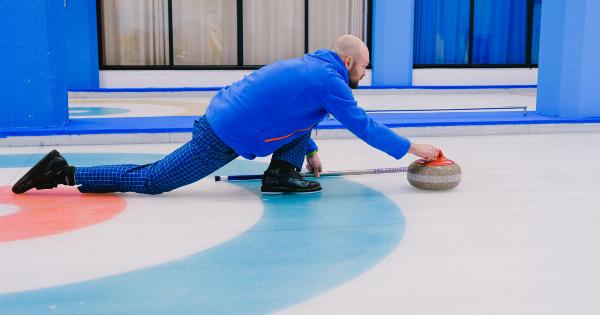An anterior cruciate ligament (ACL) injury is a debilitating knee injury that can cause you to miss out on activities and sports for a long time. It often requires surgery, and lengthy recovery periods to get back to your normal routine.
Although it is a serious injury, with proper treatment and rehabilitation, you can recover from it. This article discusses the causes, symptoms, diagnosis, and treatment of ACL injury.
What Causes ACL Injury?
ACL injuries can occur in various situations, such as while playing sports, during vehicle accidents, or even from a fall.
The most common cause of ACL injury is a sudden twisting motion of the knee that can lead to the ACL tearing or stretching beyond its limits. This can happen if you land awkwardly, quickly change direction while running, or if you experience a direct blow to the knee while your foot is planted on the ground.
Symptoms of ACL Injury
If you have experienced an ACL injury, you will typically experience one or more of the following symptoms:.
- Knee pain, swelling, and stiffness
- Popping sound at the time of injury
- Difficulty or inability to walk or bear weight on the affected leg
- Reduced range of motion in the knee
- Excessive knee movement (hypermobility) when walking, or even standing still.
Diagnosing ACL Injury
If you think you may have an ACL injury, it is important to see a doctor for a diagnosis. During the physical examination, the doctor may perform various tests on your knee to check for instability, swelling, and pain.
He/she may then order an x-ray or magnetic resonance imaging (MRI) to further evaluate the extent of the damage.
Treatment for ACL Injury
Treatment for an ACL injury typically involves surgery and rehabilitation. Surgery is often necessary to repair the torn ACL, as the ligament will not naturally heal on its own.
The rehabilitation process usually includes physical therapy, exercises, and specific strategies to help restore knee function and flexibility. Here are a few things your doctor may recommend:.
- Rest, ice, compression, and elevation (RICE) to reduce swelling and pain
- Crutches or a brace to protect the injured knee and help reduce weight-bearing
- Strengthening and stretching exercises to help restore knee function and prevent future injuries
- Physical therapy session to help restore knee mobility and function
- Surgery to repair the torn ACL (typically using a graft from a healthy tendon or ligament)
- Medications to help with pain and inflammation
Preventing ACL Injury
Although prevention is not always possible, you can take steps to reduce your risk of ACL injury, such as:.
- Wearing proper athletic shoes and equipment that fit well
- Paying attention to your surroundings and avoiding unsafe situations
- Stretching before and after physical activities or sports events
- Using proper techniques during physical activities or sports, especially when changing direction or making sudden stops
- Strengthening your leg muscles and general conditioning, which can improve joint stability
Conclusion
An ACL injury is a serious knee injury, but with proper treatment and rehabilitation, you can fully recover and regain your quality of life. It is important to be proactive in protecting your knees and taking steps to prevent injury.
Remember to always see a doctor if you suspect an ACL injury, as early diagnosis and treatment is essential for successful recovery.























